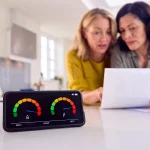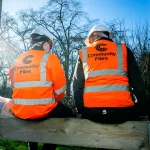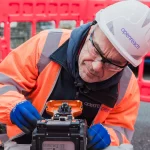Sponsored Links
i3 Group Developing Model for UK Rural Fibre Optic Broadband Services
Posted: 24th May, 2010 By: MarkJ
 The boss of i3 Group UK, a fibre optic infrastructure specialist, has revealed that his company is "developing a commercially viable model" for deploying 100Mbps Fibre to the Home ( FTTH ) superfast broadband internet access services into rural areas. i3 Group's Fibrecity project had previously only targeted densely populated areas, specifically cities.
The boss of i3 Group UK, a fibre optic infrastructure specialist, has revealed that his company is "developing a commercially viable model" for deploying 100Mbps Fibre to the Home ( FTTH ) superfast broadband internet access services into rural areas. i3 Group's Fibrecity project had previously only targeted densely populated areas, specifically cities.The comment formed part of a general response to the recent coalition government agreement and last week's news that Ed Vaizey will oversee rollout of Next Generation Access (NGA) services around the country (here). Earlier this month Fibrecity revealed plans to rollout 100Mbps services to several new UK cities, reaching over 1 million premises (here).
Elfed Thomas, CEO of fibre i3 Group, said:
"The last few days have been very encouraging with respect to the commitment to superfast broadband that the new coalition Government has shown. The i3 Group has long supported that the private sector should deliver town and city super fast access as the market is more than capable of delivering this and i3 Group already is.
Rural broadband access has long been recognised as the challenge. It is here that we believe the public purse should be used and it will be interesting to see just what proportion of the [BBC TV] licence fee will be utilised and how that will start to tackle this huge issue. i3 Group is also currently developing a commercially viable model to rollout to these areas with limited access.
I still firmly believe that the country needs to embrace fibre to the home [ FTTH ] rather than fibre to the cabinet otherwise the investment will be outdated relatively soon."
"The last few days have been very encouraging with respect to the commitment to superfast broadband that the new coalition Government has shown. The i3 Group has long supported that the private sector should deliver town and city super fast access as the market is more than capable of delivering this and i3 Group already is.
Rural broadband access has long been recognised as the challenge. It is here that we believe the public purse should be used and it will be interesting to see just what proportion of the [BBC TV] licence fee will be utilised and how that will start to tackle this huge issue. i3 Group is also currently developing a commercially viable model to rollout to these areas with limited access.
I still firmly believe that the country needs to embrace fibre to the home [ FTTH ] rather than fibre to the cabinet otherwise the investment will be outdated relatively soon."
The remark about Fibre to the Cabinet coverage is clearly designed to target BT's FTTC rollout. FTTC delivers a fast fibre optic link to the operators street level cabinets, while the remaining connection (between cabinets and homes) is done using VDSL2 (similar to current ADSL broadband but faster over short distances) through existing copper cable.
However FTTC will initially deliver download speeds of up to 40Mbps (uploads can reach up to 10-15Mbps), which is significantly less than the 100Mbps promised by taking the fibre optic cable directly into homes (FTTH). This also offers a more stable top-speed as it is not subject to as many physical bottlenecks.
Meanwhile the news that i3 Group is looking to target rural areas too is wonderful, although it remains to be seen whether they can turn their intentions into something practical. Certainly several smaller providers, such as Rutland Telecom UK, have already proven it can work; albeit by using FTTC. A number of different projects have deployed FTTH too, while others prefer a mix of FTTH and Wireless (FiWi). Needless to say, every area has its own unique challenges.
Search ISP News
Search ISP Listings
Search ISP Reviews
Latest UK ISP News

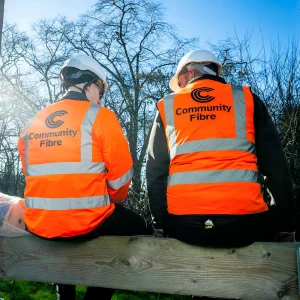
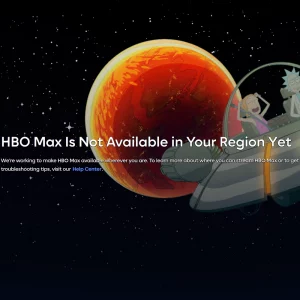
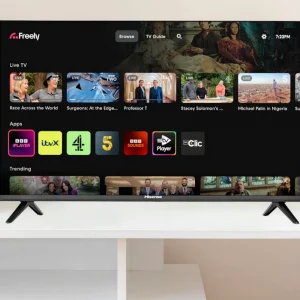



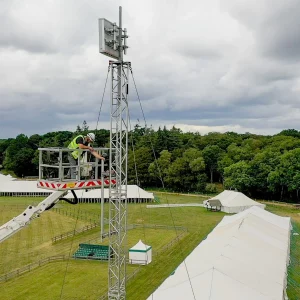
Cheap BIG ISPs for 100Mbps+
150,000+ Customers | View More ISPs
Cheapest ISPs for 100Mbps+
Modest Availability | View More ISPs
Latest UK ISP News
Helpful ISP Guides and Tips
Sponsored Links
The Top 15 Category Tags
- FTTP (6768)
- BT (3873)
- Politics (3060)
- Business (2752)
- Openreach (2650)
- Building Digital UK (2503)
- Mobile Broadband (2458)
- FTTC (2139)
- Statistics (2118)
- 4G (2079)
- Virgin Media (2011)
- Ofcom Regulation (1773)
- 5G (1716)
- Fibre Optic (1597)
- Wireless Internet (1591)
Sponsored
Copyright © 1999 to Present - ISPreview.co.uk - All Rights Reserved - Terms , Privacy and Cookie Policy , Links , Website Rules









